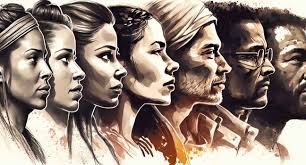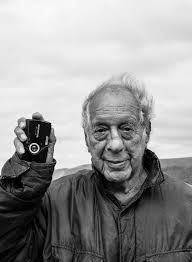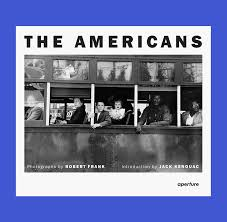Documentary Photography
What is documentary Photography?
Documentary photography is a genre of photography that aims to capture real-life events, environments, and individuals in a way that tells a story, conveys a message, or documents history. The key characteristic of documentary photography is that it focuses on truthful, objective representation rather than artistic manipulation. It seeks to provide an unembellished record of people, places, and situations, often with a social, political, or historical context.
What are some key concepts?
Realism and Authenticity

Documentary photography emphasizes a realistic and authentic representation of its subjects. Unlike staged or heavily edited photographs, documentary images aim to present the world as it is, often capturing moments that are fleeting or unplanned. The intention is to provide a truthful portrayal without manipulation or idealization. The goal is often to highlight real human conditions, social issues, or historical events, providing a raw, unfiltered glimpse into life.
Storytelling and Social Commentary

Documentary photography serves as a powerful tool for storytelling. It can be used to document significant events, everyday life, or aspects of society that are otherwise overlooked or ignored. Often, the photographs are meant to provoke thought, raise awareness, and sometimes even inspire social change by capturing moments that reveal injustices, inequalities, or the beauty of the human experience. For example, photojournalism is a form of documentary photography that focuses on documenting current events and news stories, aiming to inform the public about important issues.
Unposed and Candid

In documentary photography, the photographer often works in a candid manner, capturing subjects without them being aware or without posing. This approach helps to create a sense of naturalism, ensuring that the subjects are shown in their most authentic form. The focus is not on manipulating the subject’s appearance but rather on documenting their real-life context and the moment’s truth.
Artist Reference
Robert Frank
Who is he?

Robert Frank (1924–2019) was a Swiss-American photographer and filmmaker, widely regarded as one of the most influential figures in the history of documentary photography. He is best known for his ground-breaking work, particularly his book “The Americans” (1958), which is considered one of the most important photographic works of the 20th century.
What is the Americans?

“The Americans” is Robert Frank’s most famous work, a collection of photographs taken during his road trip across the United States in 1955–1956. The book includes 83 images that depict the diversity and complexities of American life, from the rich to the poor, from everyday scenes to the marginalized. His style in “The Americans” was raw and uncompromising, capturing unsentimental and sometimes uncomfortable realities of American society. He did not shy away from showing alienation, inequality, and discontent, which contrasted with the idealized representations of America often seen in the media at the time. The book was initially met with some criticism for its unorthodox style, but it later became a landmark in the history of photography. It challenged the traditional aesthetics of the time and is credited with transforming documentary photography into a medium for personal expression.
Robert Frank’s work is fundamentally tied to documentary photography, as he played a crucial role in reshaping the genre and pushing it beyond its traditional boundaries.
- How to Incorporate:
- Documenting Union: Capture the collective identity of groups, whether they are families, labor unions, or cultural communities, showing how people come together in moments of shared purpose or adversity.
